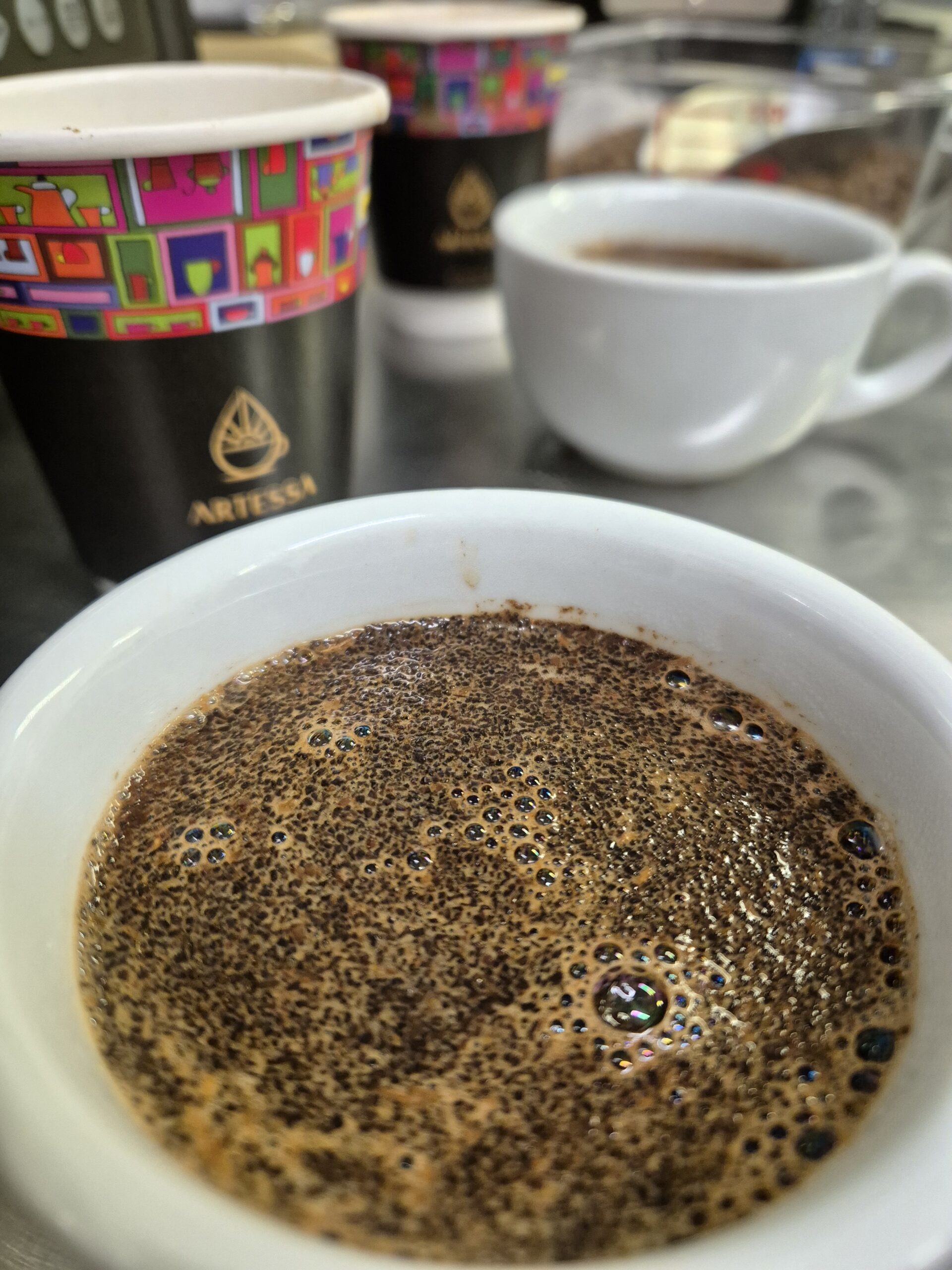HOW TO BREW COFFEE PROPERLY – Artessa
This is a massive topic. We could write hundreds of pages and still wouldn’t cover everything. We are trying to cover only the very basics here.
How can I prepare/brew my coffee?
Always use hot but not boiling water. The temperature should be around 92C. Boiling water burns the coffee resulting in bitter taste. Every brewing method needs a certain coarseness. Make sure you have the right grind for your brewing choice. The most common brewing methods are: French press or cafetiere, filter, aeropress, moka maker or stovepot, espresso. Using cafetiere or filter the strength of the coffee can be adjusted by changing the ratio of the coffee and water. Never extend the time of brewing as this extract more, not so pleasant flavours from the coffee.
French Press Or Cafetiere:
Grind: course
Prepration: Put about 7g (one heaped table spoon) of course ground coffee in the clean, pre heated cafetiere and pour in 120-150ml hot but not boiling water per cup. Mix it gently then place the sieve on top, just above the water. Leave it brew for about 4-5 minutes. Press down the sieve and pour out the coffee into preheated cups. If the coffee taste weak, use more coffee with the same amount of water. Do not extend the brewing time, it will result in over extracted coffee.
Filter:
Grind: medium
Preparation: Warm up the coffee pot for a few minutes, filling it with hot water. If you use paper filter pour some hot water in first to make it slightly wet. Put about 7g (one heaped table spoon) of medium course ground coffee in the filter and about 150ml hot water / cup. If you are using a machine start it now. If you are pouring the hot water use a slow pouring kettle and start pouring hot water from the outer rim, moving in spiral to the centre, then stop and wait about 30 seconds. Start pouring again, this time from the centre, spiralling towards the edge. Stop, wait and pour again.
Mokkapot / stovetop:
Grind: medium coarse to fine, depends on size of the holes of its filter
Sometimes these are called stovetop espresso maker, but it is not correct. It makes a strong black
coffee, but nothing like espresso.
Preparation: fill the bottom container with cold water. Make sure that the safety valve on the side is
above the water level. Fill the filter with ground coffee and gently tap it down. Screw the top
container securely on the bottom. Place it on the hob, make sure that it is set on low temperature. If
high heat is applied the pressure in the bottom can raise quickly to high, which can deform the
coffee maker or even make it explode. After a couple of minutes the coffee slowly starts pouring into
the top container. When coffee stops flowing out from the middle tube, remove from the heat and
pour out the coffee in preheated cups. Let the mokka maker to cool down before taking it apart.
Grind: fine
How it works:
The ground coffee and hot water are mixed in the cylinder than the liquid is forced through a paper
filter by hand resulting in a strong, clean coffee.
Ground: bit finer than filter bit coarser than espresso.
Preparation:
– Place one paper filter into the plastic filter holder and screw it on the bottom of the cylinder.
– Put one scoop of ground coffee using the scoop provided into the cylinder
– Place the cylinder onto a cup.
– Pour about 120ml hot but not boiling water (92oC) into the cylinder.
– Mix the coffee and water for about 10 seconds using the mixing paddle provided.
– Place the plunger on the top of the cylinder and carefully push it down
– Enjoy the delicious coffee!
– This method gives a strong brew, if you prefer it lighter pour in some hot water.
You can experiment with a bit cooler water, and more water, coarser ground, longer brewing time
etc to find your favourite taste.
Espresso:
Ground: fine ground. It is best to adjust the grind to the espresso machine. Tiny difference
(unnoticeable by eyes) can make a big difference in the taste.
This brewing method is a world and an art itself. It is in impossible to cover this method fully here.
The basics are:
Espresso is a strong, concentrated coffee drink, made by applying hot water at high pressure (9 bar)
on finely ground coffee. Brewing takes about 25-35 seconds and the drink is about 30-35ml. As it is
brewed at very high pressure, every variable (coffee type, coarseness, amount of coffee and water
used, etc) has a dramatic effect on the taste of the espresso.
If the coffee is not ground fine enough it will result in an under extracted espresso, which is weak,
sour with thin body. In this case the espresso is flowing fast.
If the coffee is ground too fine it will result in an over extracted coffee which is strong, bitter,
astringent, unpleasant flavours. In this case espresso is pouring very slowly, dripping.
Preparation: Fill the filter loosely with fine ground coffee up to the rim. Use a temper to press the
coffee firmly into the filter. Makes sure the distance between the surface of the pressed coffee and
the rim is equal everywhere (there’s no deep point). Place the filter holder onto the brewing head of
the espresso machine firmly and start the brewing immediately. Coffee should start flowing slowly
like warm honey with deep reddish brown colour which slowly getting lighter in colour towards the
end. It should take about 20-22 seconds for a single, 25-30 second for a double espresso to brew.
It is important to stop the brewing when the 30-35 ml espresso is ready. The flavours extracted after
this is very unpleasant resembling of burnt rubber.
Keep the brewing head of your espresso machine clean to avoid stale, burnt coffee building on
resulting in a bitter flavour.
My espresso tastes bitter, why?
There could be many reasons:
Coffee: green coffee poorly processed results in bad flavours, coffee is roasted long ago – stale
Roast: dark roast contains burnt sugar and burnt oil, giving a burnt, bitter flavour
Grind: uneven grind, not correct fineness, grinding burrs/blade are not sharp burning the coffee
during grinding
Espresso machine: too hot temperature, too high pressure, dirty brewing head
Water: too high mineral content
What does under extracted and over extracted mean?
Under extraction is when you have not extracted enough flavour out of your ground coffee. The
coffee taste weak, flat.
Over extracted is when you have extracted too much flavour out of your coffee – and it becomes
overpowering and unpleasant. We don’t want everything of the coffee beans in our cup, just those
approx. 2000 chemicals that gives that fantastic unique flavour.
What is the body of coffee means?
The sensation of heaviness in your mouth. To the extremes, water has no body, oil has a very heavy
body. This is the sensation that can be translated as strength of the coffee for many. As the caffeine
content are nearly the same of our coffees and does not contribute heavily to the flavour of coffee.
What is the acidity in coffee?
Coffee is quite sour which is reduced during roasting. This sour flavour called fruitiness and acidity.
Light roasted coffee is very sour, it has high acidity, darker roast coffee has lower acidity.





